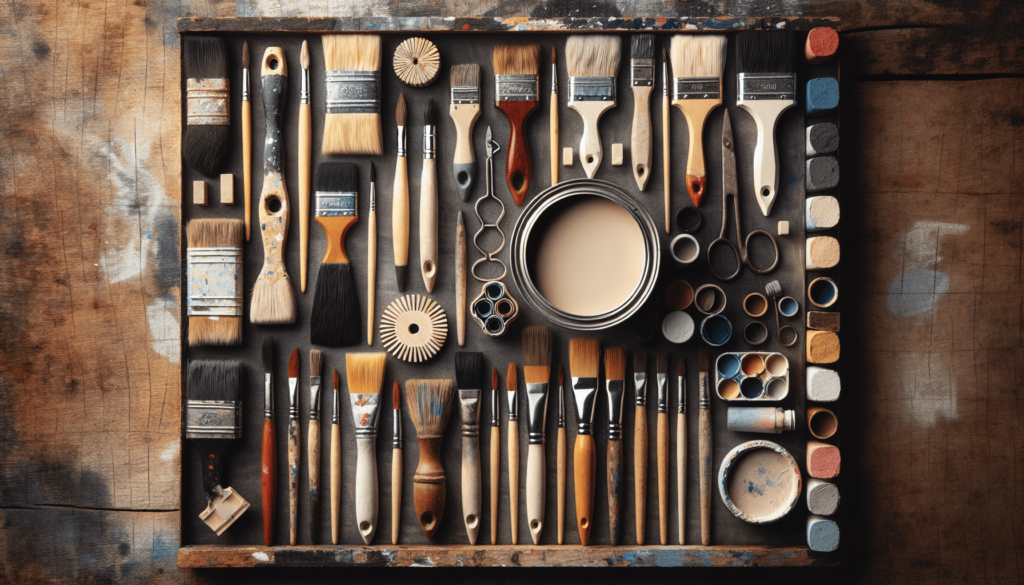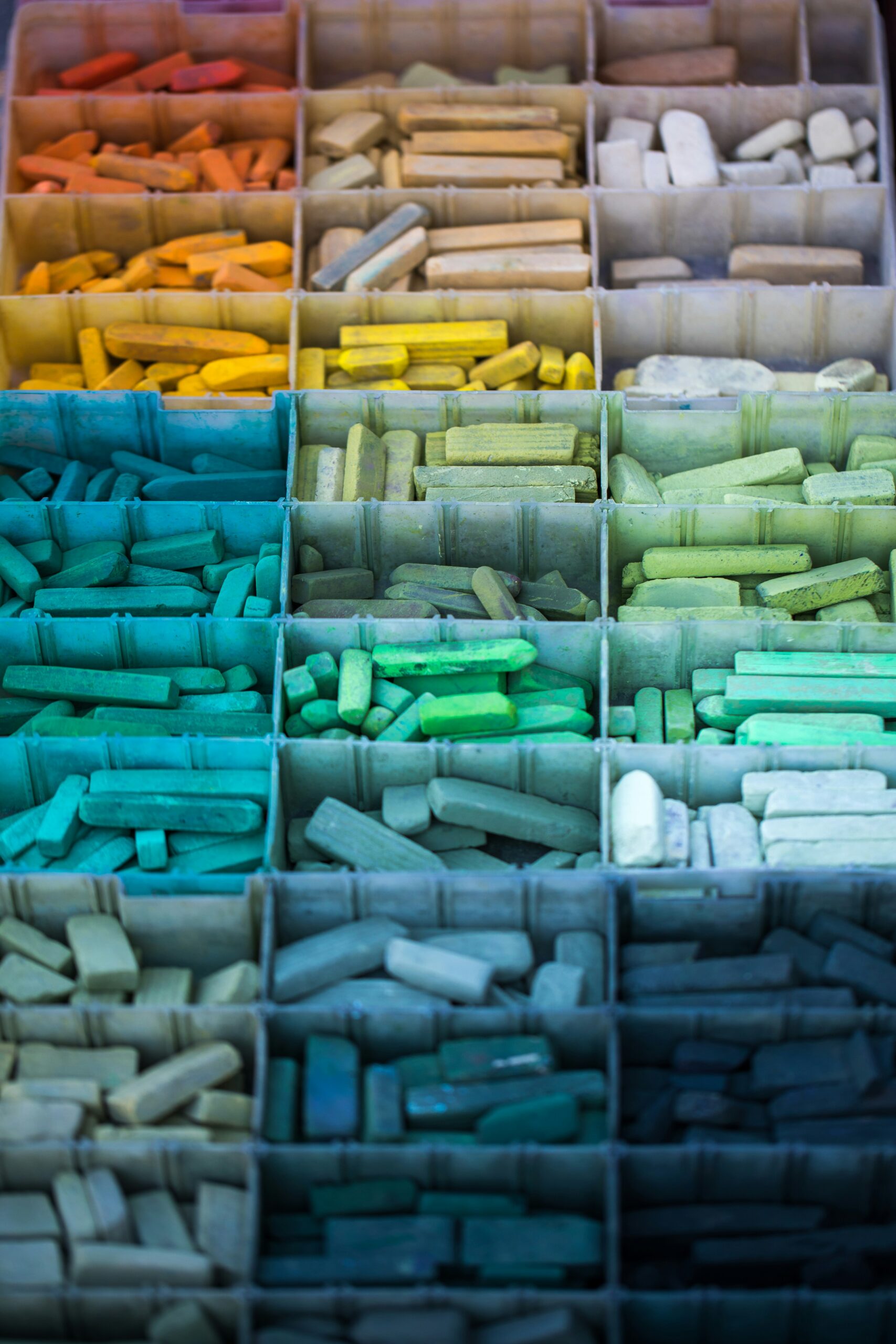Exploring the intricate realm of artistry with chalk paint means having the right tools at hand. This article provides detailed guidance on discerning which brush is the best fit for your chalk paint projects. From understanding bristle types to handling, you will be led through the essential aspects that must be considered in selecting the optimum brush for your creative endeavor. Let this insightful resource be your guide to unlocking the full potential of chalk paint artistry.
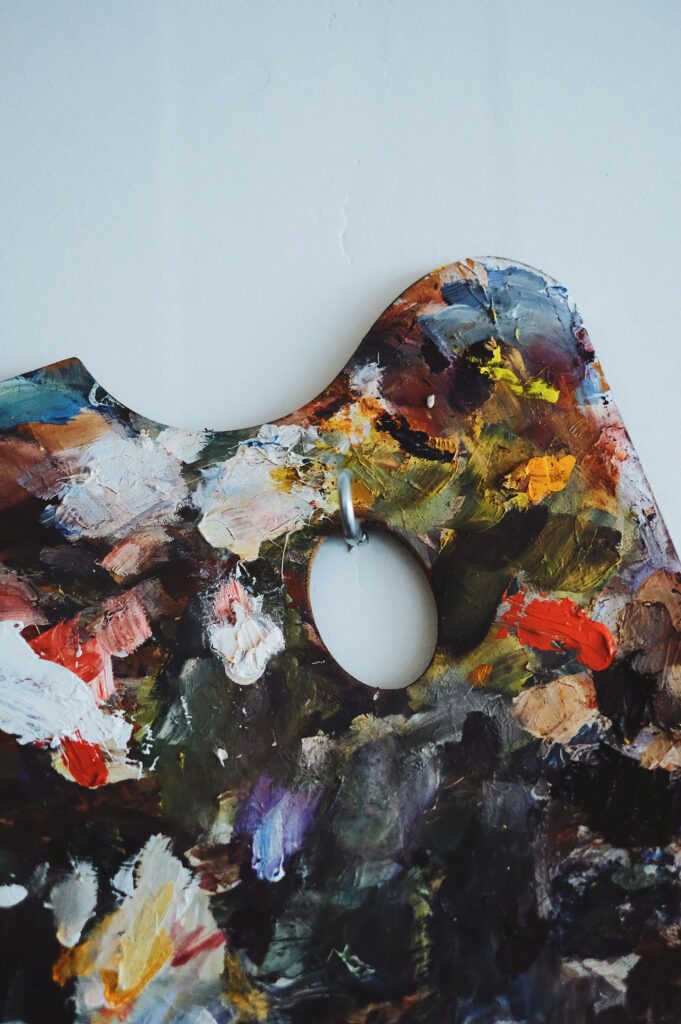
Natural Bristle Brushes
Overview of Natural Bristle Brushes
natural bristle brushes, as their name suggests, are made from natural materials, typically originating from animals, such as hog or boar. These types of brushes are often admired for their unique characteristics and abilities that allow for optimal paint pick-up and release.
Benefits of Natural Bristle Brushes
When using chalk paint, a natural bristle brush can provide a variety of benefits. The main advantage is that these brushes hold chalk paint well, thanks to their naturally porous nature. This feature allows for a thicker application and a more textured, vintage finish. Moreover, natural bristle brushes are durable and capable of maintaining their shape over time, making them a long-lasting tool in your painting kit.
Best Natural Bristle Brush for Chalk Paint
The choice of the best natural bristle brush for chalk paint largely depends on personal preference and the specifics of the painting project. However, a reliable choice could be a round, natural bristle brush, which is known for its ability to hold a significant amount of chalk paint and provide a smooth, even finish.
Synthetic Bristle Brushes
Overview of Synthetic Bristle Brushes
In contrast to their natural counterparts, synthetic bristle brushes are fabricated from man-made materials, including nylon and polyester. These brushes offer a different set of characteristics advantageous to specific painting applications.
Benefits of Synthetic Bristle Brushes
Synthetic bristle brushes are known for their ability to create a smoother finish when compared to natural bristle brushes. They also tend to be easier to clean, reducing maintenance time post-painting. More so, synthetic brushes are often less expensive and more readily available than natural bristle brushes.
Best Synthetic Bristle Brush for Chalk Paint
When it comes to finding the best synthetic brush for chalk paint, a flat brush stands out. Its design fits well with the nature of chalk paint, providing easier access to corners, and detailed areas, while its synthetic bristles lend to a uniform application.
Short Bristle Brushes
Overview of Short Bristle Brushes
Short bristle brushes, as they imply, feature shorter brush strands. These brushes are great for detailed work, and they provide a significant amount of control when painting.
Benefits of Short Bristle Brushes
Short bristle brushes allow for precise application and control, especially valuable when working on intricate designs or smaller surfaces. They’re also ideal for applying thicker layers of paint due to their shorter, sturdier bristles.
Best Short Bristle Brush for Chalk Paint
For chalk paint, a short bristle brush with synthetic fibers would be an excellent choice, specifically for projects requiring detailed work or a thicker application of paint.
Long Bristle Brushes
Overview of Long Bristle Brushes
Long bristle brushes are typified by their long, flexible bristles which favour larger or broader surfaces.
Benefits of Long Bristle Brushes
These brushes are ideal for covering larger surfaces swiftly and efficiently. The flexibility of the longer bristles also aids in creating a smoother finish, which can lend a professional touch to your DIY projects.
Best Long Bristle Brush for Chalk Paint
A sizeable, flat, long-bristle brush made from synthetic materials is often the best choice when painting with chalk paint. It provides a smooth finish while allowing for quick coverage of large surfaces.
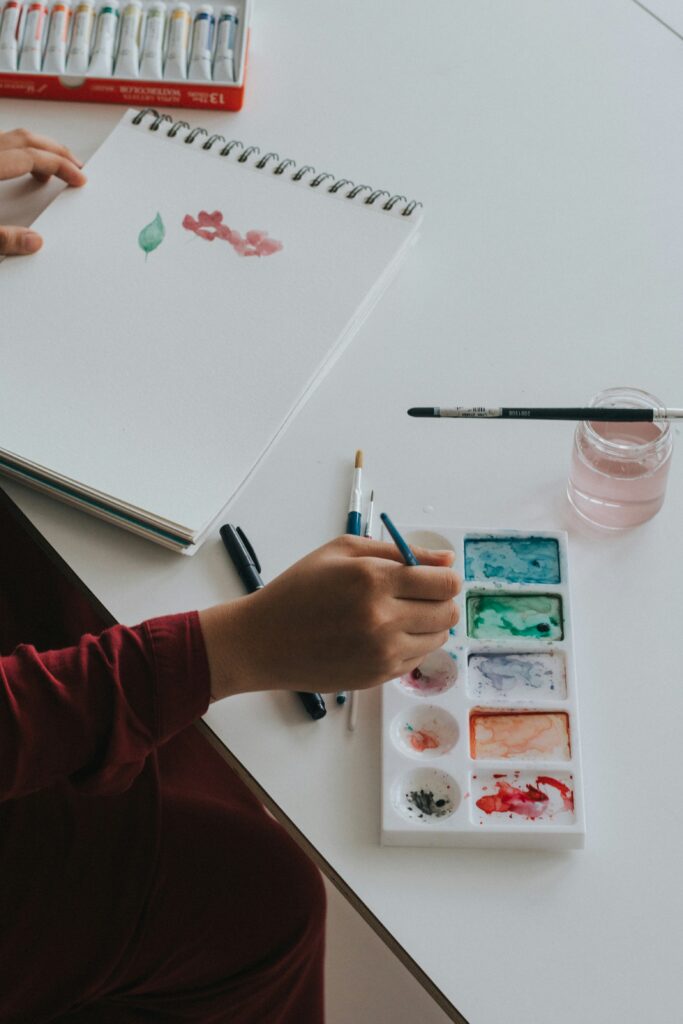
Round Brushes
Overview of Round Brushes
Round brushes are characterized by their rounded tip, and they typically have longer bristles.
Benefits of Round Brushes
Their shape allows for greater paint carrying capacity and the ability to distribute paint smoothly over a surface. The rounded shape also offers the ability to create smoother transitions and blended edges, which can be ideal for projects that require softer lines or gradients.
Best Round Brush for Chalk Paint
When using chalk paint, a large, round natural bristle brush can provide a soft, textured finish that can be desirable in some projects.
Flat Brushes
Overview of Flat Brushes
Flat brushes have a flat, broad tip and are ideal for delivering controlled strokes.
Benefits of Flat Brushes
These brushes excel in producing strong, straight lines and covering large surface areas. The breadth of flat brushes makes them perfect for painting flat surfaces quickly, and for applying even layers of paint.
Best Flat Brush for Chalk Paint
When working with chalk paint, a large, flat synthetic brush is an excellent choice. It provides fast coverage and can produce a smooth and even finish.
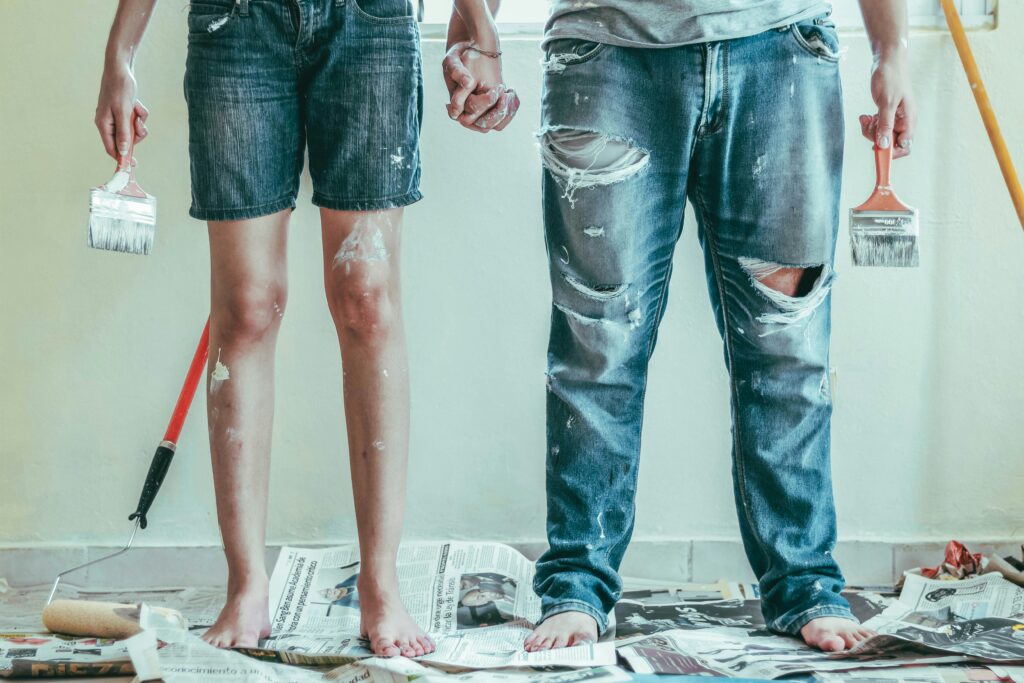
Angled Brushes
Overview of Angled Brushes
Angled brushes, often referred to as cutting brushes, have bristles cut at an angle.
Benefits of Angled Brushes
The angled tip allows for superior precision and control—qualities that are especially useful when painting straight lines or cutting in around edges and corners. These brushes also enable exceptional control when painting detailed or intricate designs.
Best Angled Brush for Chalk Paint
An angled synthetic brush tends to work well with chalk paint. Its characteristics allow for neat finishes, helps in reaching difficult corners, and is well suited for detailed work.
Brush Size
Choosing the Right Brush Size for Chalk Paint
The right brush size largely hinges on the scale and nature of the project. Large brushes cover larger surfaces more expediently, while smaller brushes offer greater control for detailed work.
Factors to Consider When Selecting Brush Size
Key considerations when selecting brush size include the size of the project, the level of detail required, and the texture you aim to achieve.
Best Brush Size for Different Chalk Paint Projects
For larger tasks like painting walls or furniture, a large brush would be the most fitting choice. For detail work or small craft projects, a smaller brush would prove beneficial.
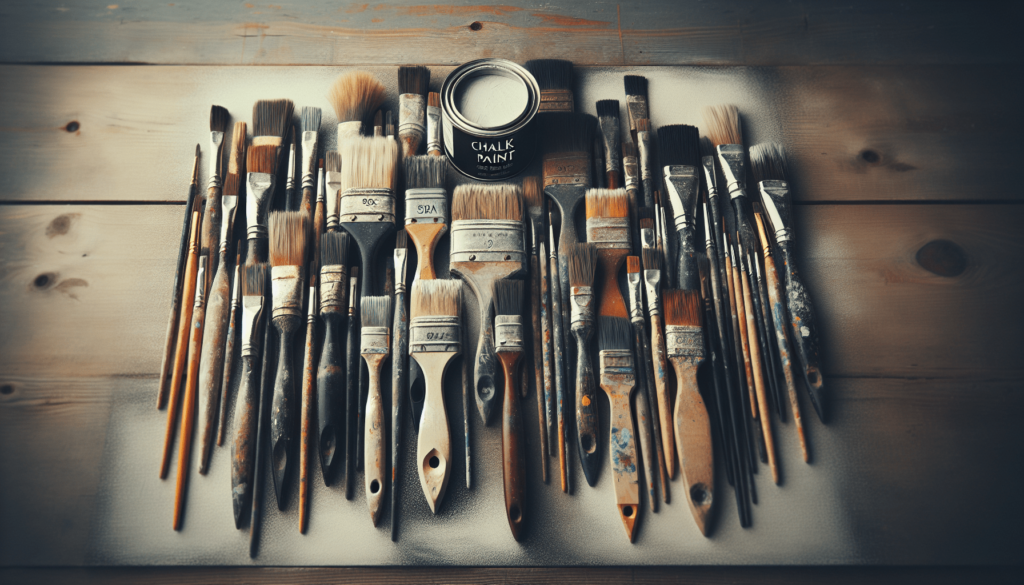
Caring for Chalk Paint Brushes
Cleaning and Maintaining Chalk Paint Brushes
Maintaining your brushes can extend their lifespan significantly. Regular cleaning, immediately after use, is essential. Using lukewarm water and a mild soap will help remove chalk paint residue. Rinse until the water runs clear, reshaping the brush before laying it flat to dry.
Proper Storage and Drying Techniques
Once cleaned, ensure your brush is dried correctly. Lay flat to dry to avoid misshaping the bristles. Store your brushes in a manner where there is no pressure on the bristles to maintain their shape.
Conclusion
Summary of Brush Options for Chalk Paint
The range of brush options suitable for chalk paint is expansive, from natural to synthetic bristles, short to long, and round to flat or angled. Each brush type provides unique advantages and finishes, all of which should be considered when embarking on a painting project.
Considerations for Choosing the Right Brush
The choice of brush depends significantly on the project at hand. Consider the size, detail level, texture, and brush maintenance when making your choice. Ultimately, understanding the properties of each brush type will allow for more informed decisions, leading to superior results with chalk paint.
